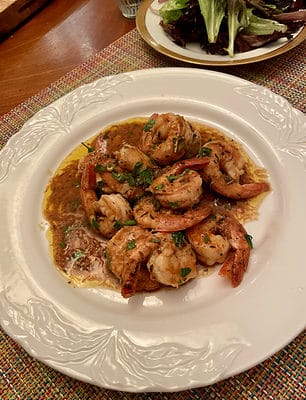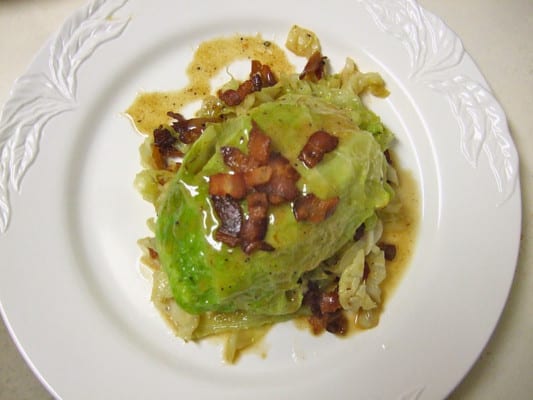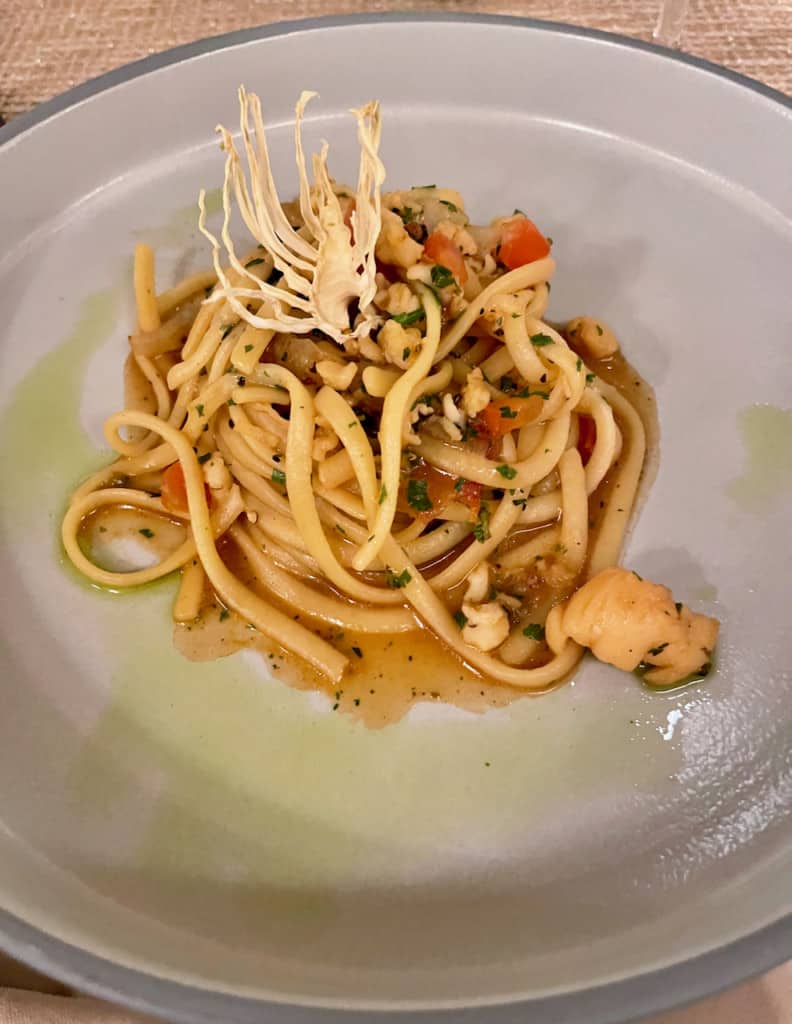
Thanks to Silversea’s S.A.L.T. (Sea And Land Taste) we discovered a new way to enjoy one of our favorite things: Lobster.

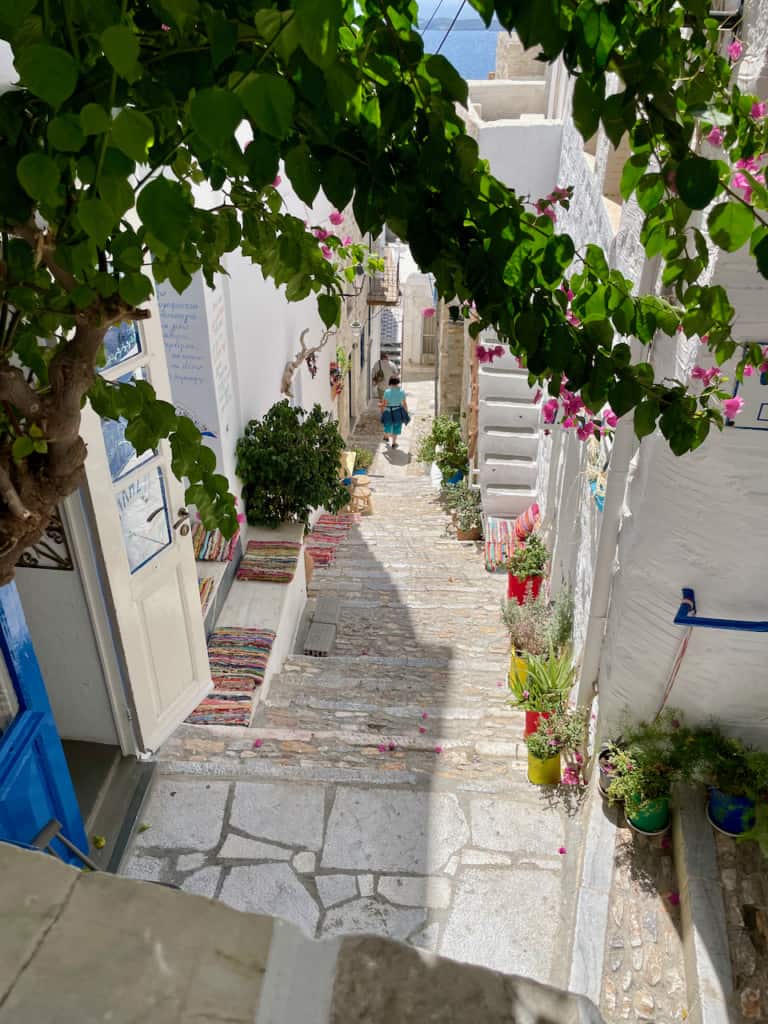

Our recent forays into Greece, aboard Silversea Cruises’ magnificent Silver Moon, opened us to a whole new world of tastes. We made many culinary discoveries. But the one that was constantly applauded and remained on S.A.L.T. Kitchen’s menu every night was this: An exquisite Greek dish of “Aegean lobster meat homemade pasta, fresh tomatoes, fennel, thyme and a splash of brandy.” We made it practically the first day I got home, following several recipes that we incorporated into one. The dish is served all over Greece. But it is attributed to the island of Skyros, our first port of call. Skyros wowed us with her beauty, its extraordinary Sacred Temple of the Assumption, and its astonishing icon, created by none other than Dominikos Theotokopoulus, better known as El Greco. Now we have another reason to love Skyros: Astakomacaronda!
Who doesn’t love Lobster?
Lobster has been eaten for millennia. Mounds of lobster shells near prehistoric fishing villages reveal just how popular lobster was. These shore communities date as far back as 100,000 years. Lobster was a considerable source of nutrients in coastal Europe and historians believe it was then the primary food source for coastal Britons. Thousands of years later, images of the spiny lobster were found on a mosaic in the ruins of Pompei. The 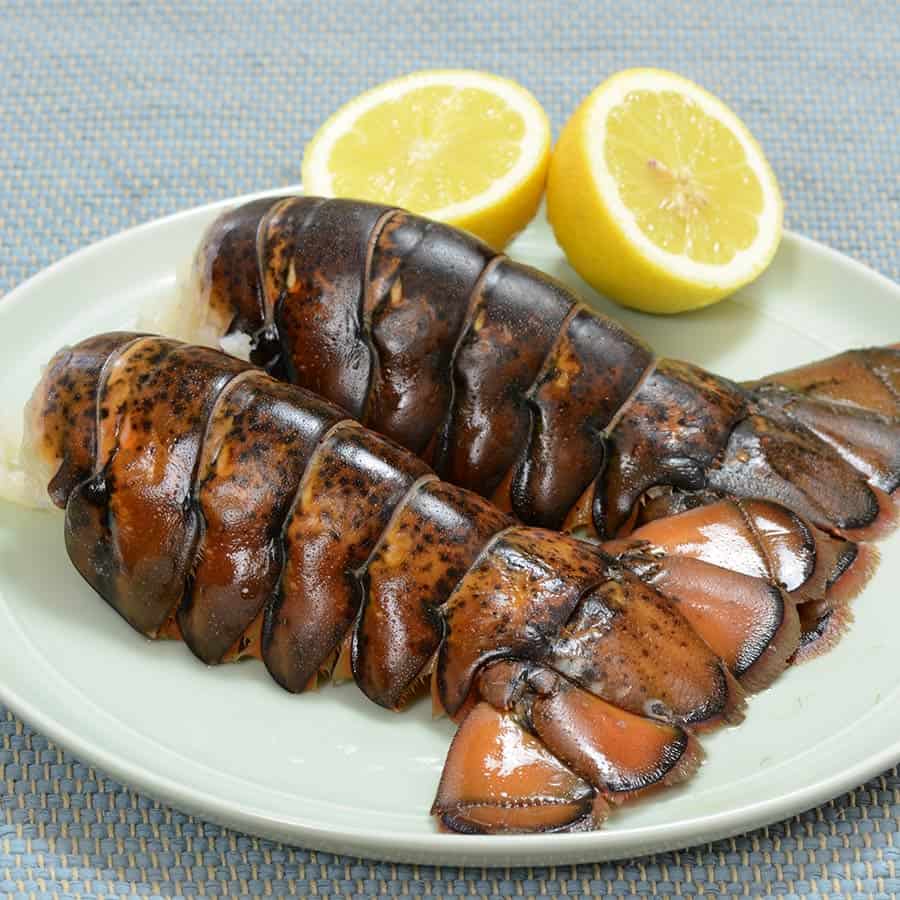 one place lobster was not at all popular was Colonial America. There was such an abundance of lobster, it was commonly served in prisons much to the displeasure of the inmates. Servants signed employment agreements stating they wouldn’t eat lobster more than twice a week. The turning point came when New Yorkers and Bostonians developed a taste for it in the mid-1900s. It became a delicacy when its popularity overwhelmed its supply.
one place lobster was not at all popular was Colonial America. There was such an abundance of lobster, it was commonly served in prisons much to the displeasure of the inmates. Servants signed employment agreements stating they wouldn’t eat lobster more than twice a week. The turning point came when New Yorkers and Bostonians developed a taste for it in the mid-1900s. It became a delicacy when its popularity overwhelmed its supply.
According to the website, TasteAtlas, which has cataloged over 10,000 foods and drinks, Astakomakaronda is the 5th most popular Lobster dish in the world.
It’s not hard to taste why. Don’t be put off by the length of the recipe. Lobster Spaghetti takes little time to make. In Greece, many versions use whole lobsters. 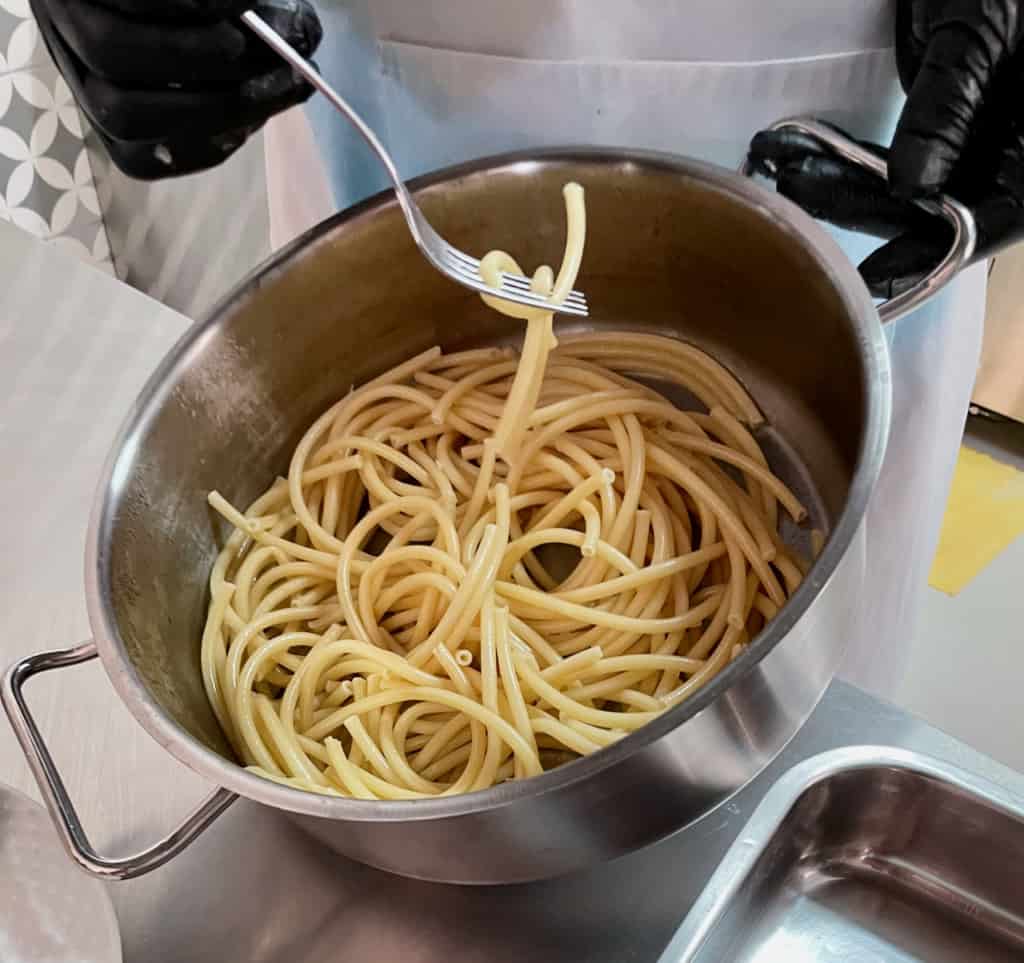 That would be the most authentic way to make this dish. At S.A.L.T. Kitchen, that’s not the case. Like our recipe, S.A.L.T. Kitchen uses lobster tails both for ease of cooking and eating. And then there’s the pasta. We noted in our of S.A.L.T Ashore Adventures, in a cooking class on Mykonos, that, like the dish in S.A.L.T. Kitchen, the Greek spaghetti used is considerably heftier than ordinary Spaghetti. It’s much closer to Bucatini in size. If you want to be completely authentic, Misko
That would be the most authentic way to make this dish. At S.A.L.T. Kitchen, that’s not the case. Like our recipe, S.A.L.T. Kitchen uses lobster tails both for ease of cooking and eating. And then there’s the pasta. We noted in our of S.A.L.T Ashore Adventures, in a cooking class on Mykonos, that, like the dish in S.A.L.T. Kitchen, the Greek spaghetti used is considerably heftier than ordinary Spaghetti. It’s much closer to Bucatini in size. If you want to be completely authentic, Misko 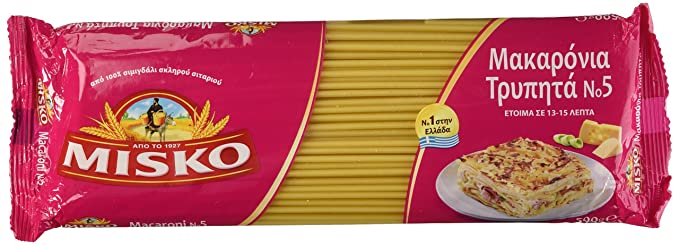 is a 95-year-old pasta maker that sells the real deal, Misko #5, on Amazon. But Bucatini is a worthy stand-in. Here is the recipe followed by links to some other Mediterranean specialties.
is a 95-year-old pasta maker that sells the real deal, Misko #5, on Amazon. But Bucatini is a worthy stand-in. Here is the recipe followed by links to some other Mediterranean specialties.
Astakomakaronada. Greek “Lobster Spaghetti”
An exquisite Greek dish of “Aegean lobster meat homemade pasta, fresh tomatoes, fennel, thyme and a splash of brandy.”. We substituted Atlantic Lobster Tails and loved it!
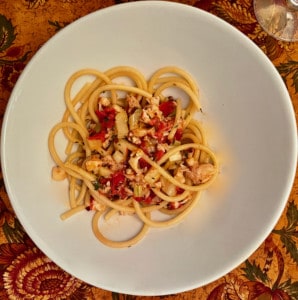
Ingredients
- 2-3 tbsp. water
- 1 cup (2 sticks) cold butter cut into 1 tbsp. pieces
- 2- 4 oz. lobster tails
- Pepper
- 4 cloves of garlic
- Salt
- 1 Onion diced
- 1 Fennel bulb, trimmed and diced
- 2 tbsp fresh Thyme or 1 tbsp. dried
- 12 oz. Package of Bucatini or Misko #2
- 1-8 oz. Stick of Unsalted Butter plus 1 tbsp. butter to finish the dish
- 2 Lobster Tails (4 oz. each) removed from their shells. (Reserve shells).
- ½ cup of Brandy
- 1 tablespoon tomato paste
- 1-14 oz can chopped tomatoes or 14 oz. of Fresh tomatoes, peeled and cut into ½ inch piece
- 1/2 cup of olive oil
Directions
- Step 1 In a saucepan, bring 2-3 tbs. of water to a simmer over medium heat.
- Step 2 While the water heats, use kitchen shears to remove the lobster tails from their shells. Reserve the shells to add to the pasta water to give it a flavor boost.
- Step 3 Whisk in 1 tbs. butter into the simmering water, when butter melts add another piece. Continuing adding butter pieces — one sticks total.) Do not let the butter come to a boil or the butter will separate. Try to keep the butter between 160 and 175 degrees F. Use an instant-read thermometer to keep it under 180 F.
- Step 4 Add lobster tails. Cook for 6-8 minutes and turning tails in butter mixture. Again, make sure the butter does not come to a boil, reduce the heat if necessary. Be careful not to overcook lobster. Poached lobster tails should have an internal temperature of about 140-145°. Reserve the liquid to add to the pasta pot.
- Step 5 Fill a pot with enough water to cook the pasta.
- Step 6 Remove lobster from pot, reserving the liquid.
- Step 7 Cut the lobster meat into roughly ½-inch pieces. Set aside.
- Step 8 Dice onions and fennel and sauté in a frying pan with olive oil.
- Step 9 Add the chopped tomatoes, the brandy, and 1 tablespoon tomato paste.
- Step 10 Keep stirring and add some salt and pepper to taste. Reduce heat and add the lobster pieces. Keep warm.
- Step 11 Once the water is boiling add the reserved liquid from the lobster tail pot. Add the pasta and cook following the instructions on the package (about 9 to 11 minutes for al dente
- Step 12 Once pasta is ready, drain and then return to the pot, adding a tablespoon of butter over the pasta. Now add the lobster sauce mixture and toss well.
- Step 13 Serve at once.
Are these the Best Brussels Sprouts Ever? Ilili’s Brussels Sprouts

